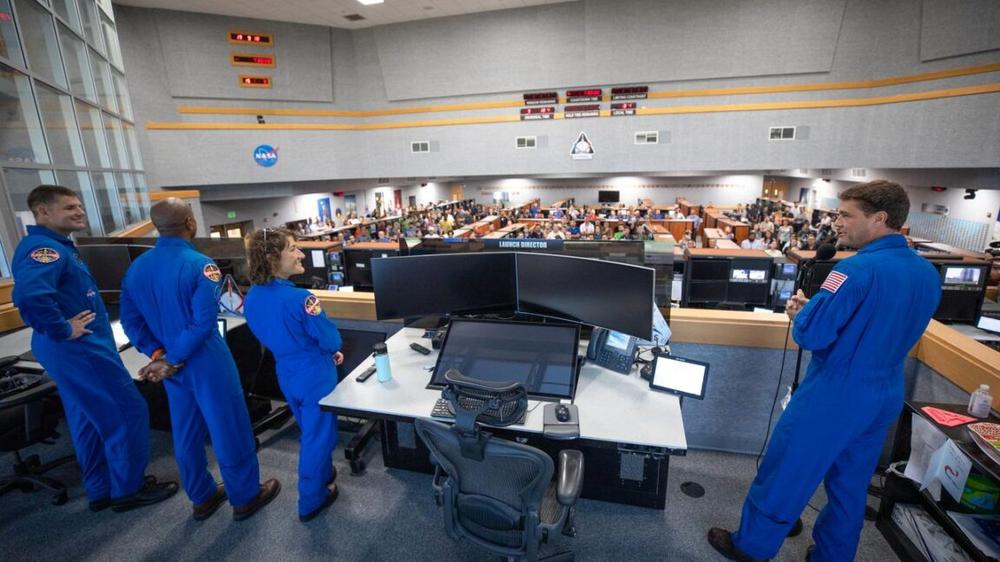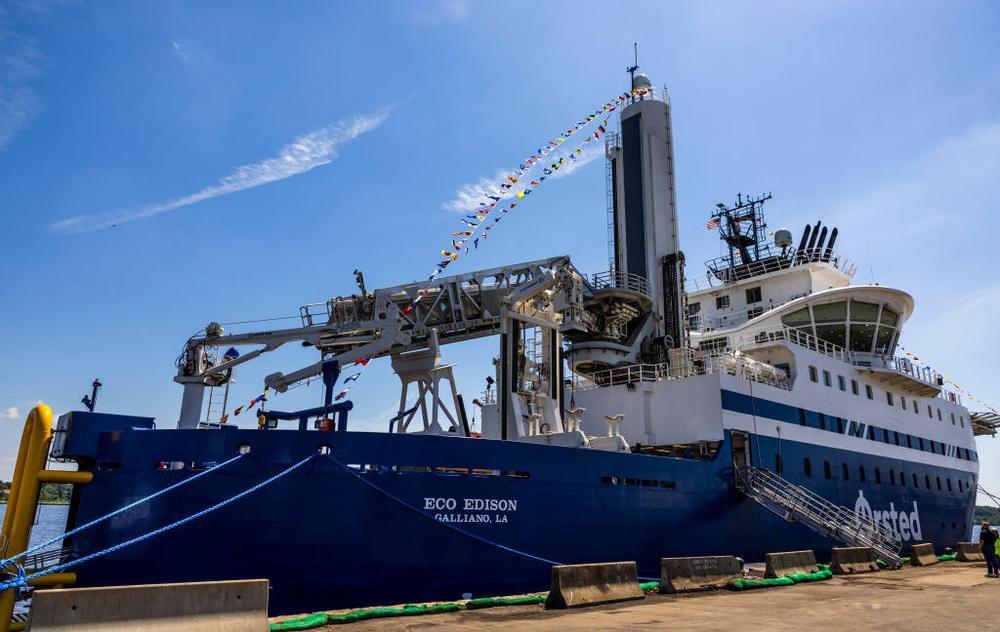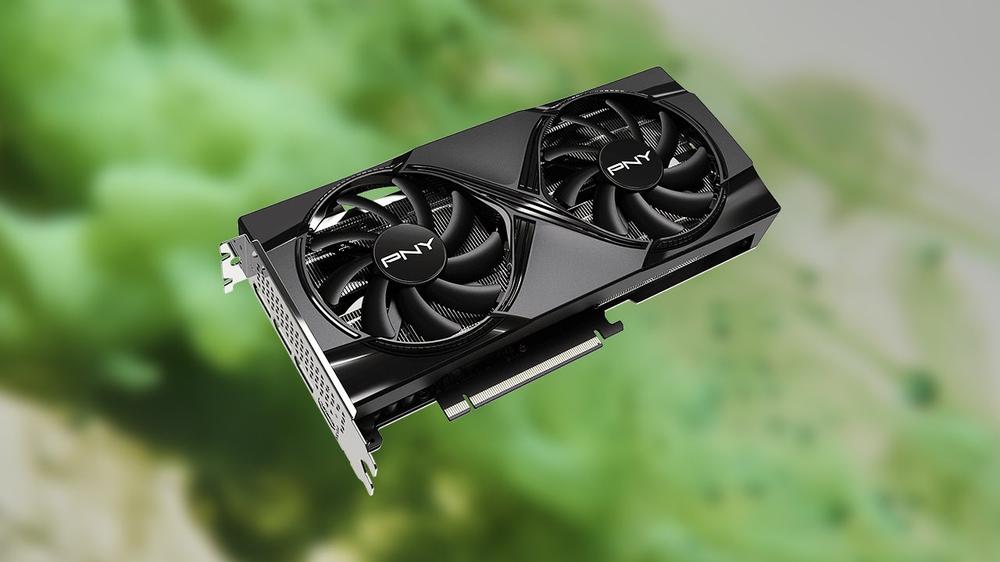NASA is pressing ahead with preparations for the first launch of humans beyond low-Earth orbit in more than five decades, and officials said Tuesday that the Artemis II mission could take flight early next year.
Although work remains to be done, the space agency is now pushing toward a launch window that opens on February 5, 2026, officials said during a news conference on Tuesday at Johnson Space Center.
The Artemis II mission represents a major step forward for NASA and seeks to send four astronauts—Reid Wiseman, Victor Glover, Christina Koch, and Jeremy Hansen—around the Moon and back. The 10-day mission will be the first time astronauts have left low-Earth orbit since the Apollo 17 mission in December 1972.
Hardware nearing readiness
The mission’s Space Launch System rocket has been stacked and declared ready for flight. The Orion spacecraft is in the final stages of preparation and will be attached to the top of the rocket later this year.
Early next year, the combined stack will roll out to the vehicle’s launch site at Kennedy Space Center, said Charlie Blackwell-Thompson, Artemis launch director. At the pad, the rocket and spacecraft will be connected to ground systems, and after about two weeks, it will undergo a “wet dress rehearsal.”
During this fueling test, the first and second stages of the rocket will be fully loaded with liquid hydrogen and oxygen, and the countdown will be taken down to T-29 seconds. After this test, the rocket will be de-tanked and turned around for launch.
Due to the orbits of Earth and the Moon and various constraints on the mission, there are launch windows each month that last four to eight days. In February, that window opens on the fifth, and it would be an evening launch, Blackwell-Thompson said.
After launching, the Orion spacecraft will separate from the upper stage of the SLS rocket a little more than three hours after liftoff. It will spend about 24 hours in orbit around Earth, during which time the four astronauts on board will perform various checkouts to ensure the vehicle’s life support systems, thrusters, and other equipment are performing nominally.
If everything looks good, the spacecraft will perform a burn of its main engine to put it into a free return trajectory around the Moon. On this course, which would bring Orion back to Earth regardless of any problems with its propulsion system, the spacecraft would fly to the Moon and beyond it by 5,000 to 9,000 miles before returning to our planet.
Testing the heat shield
There, after 10 days, Orion will begin its descent. One of the most important objectives for this flight involves testing the heat shield of the spacecraft during its fiery reentry. Although the heat shield did not fail during the Artemis I test flight in 2022, significant pieces of the charred material unexpectedly broke off during flight. NASA spent the better part of two years investigating this issue before declaring that it had understood the problem.
During reentry, the ablative material decomposes and emits gases. These were intended to dissipate through the porous heat shield. However, during Artemis I—which carried no astronauts—the gases built up more rapidly than expected, and these pressures liberated chunks of the heat shield. After studying and testing the problem, NASA engineers decided that if they modified Orion's reentry path, they could create an environment in which the gases did not build up as much.
"The confidence we have in Artemis II is built upon numerous tests over the course of a couple of years," said Rick Henfling, Artemis II entry flight director. "I have the utmost confidence" in the engineers who performed this analysis, he added.
The NASA officials said Tuesday they did not feel pressure, or "go fever," to push forward with Artemis II as soon as possible. The mission is a stepping stone toward Artemis III, which seeks to land two astronauts on the Moon near the South Pole. In doing so, NASA is competing with China to reach the Moon and explore it for water ice and other resources.
"The administration has asked us to acknowledge that we are, indeed, in what is commonly called a second space race," said Lakiesha Hawkins, acting deputy associate administrator, Exploration Systems Development Mission Directorate. "There is a desire for us to be the first to return to the surface of the Moon. With that being said, NASA's objective is to do so safely."

 Judge lets construction on an offshore wind farm resume
Judge lets construction on an offshore wind farm resume